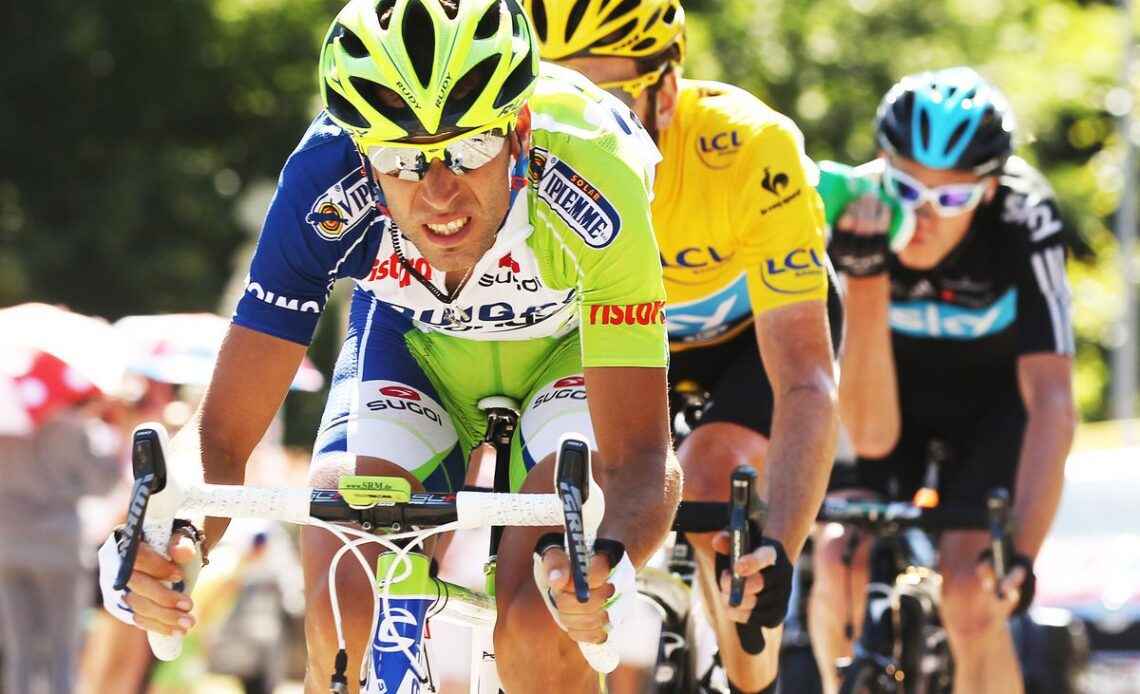In the highest echelons of professional cycling, there’s being in the conversation and there’s being IN the conversation. Lots of guys get named in Tour de France previews — they are literally included in the conversation for the loftiest title in the sport. But only a handful are taken seriously.
Vincenzo Nibali entered the 2013 season in the conversation, in the most literal sense. But he ended it all the way IN the conversation. Being the winner of a depleted Vuelta a España was cool enough and showed that he had something special, but for an Italian cyclist to be taken seriously as a very top rider, he needs to not just win the Giro d’Italia, he needs to impose his will on it. The Giro is a middling predictor of future Tour success if you look at all the names on the honor roll, but it is still the world’s second-hardest race and the most glamorous proving ground for that ultimate level of success. If Nibali wanted to escape his fringe Tour contender status, he needed to make a change. Several changes, really.
Post-Vuelta: What Next?
From his breakout 2010 season, Nibali went into 2011 with more or less the same program, with Roman Kreuziger gone from the team and Ivan Basso, coming off the Giro victory in 2010, graduating to Tour de France leadership. It was a simple enough decision, I suppose, since Basso at least had experience as a true Tour contender, while Nibali didn’t look like a guy who could go from holding off Zeke Mosquera to winning the sport’s biggest event. It didn’t go great, as both the Giro and Vuelta saw big names show up and dominate, Contador in Italy and the Wiggins-Froome duo in Spain. Basso, of course, was little more than window dressing at the Tour, and hitting his mid-30s started to wind down his career.
For 2012, Nibali’s last year under contract, Liquigas would support him at the Tour and send Basso back to the Giro. Now 27, it was time for Nibali to show he could race the Tour, or stop trying. He delivered a very strong, credible performance in the 2012 Tour, matching eventual winner Bradley Wiggins pedal-for-pedal across all of the mountain stages, but getting crushed by a cumulative six minutes in two long time trials (Nibali had done OK in the first one at least). His third place, behind Froome as well, was a very credible performance and a step forward in his position as a Tour leader. Then it was time to make a change.
Click Here to Read the Full Original Article at Podium Cafe – All Posts…

